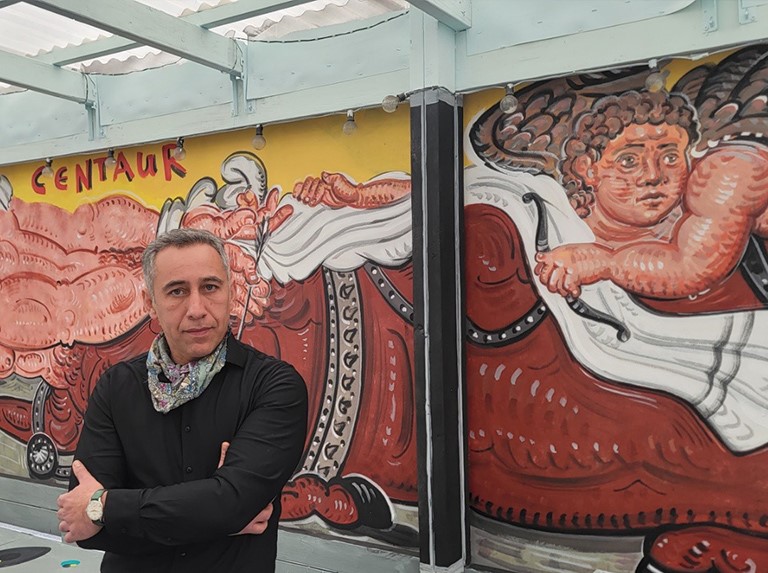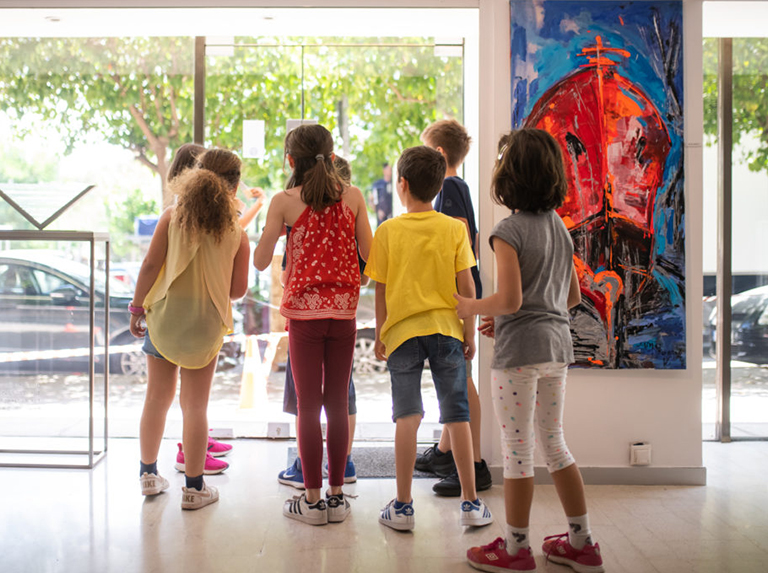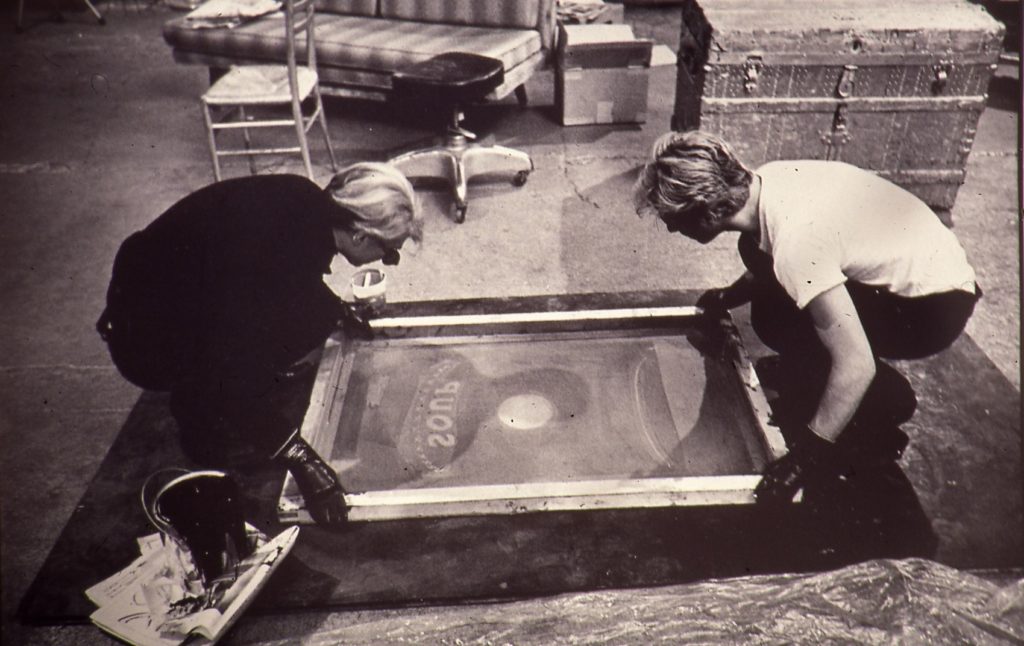The importance of art in a person’s life
An attempt to prove Art’s importance through the words of great philosophers would probably need thousands of pages. We would have to begin from the time our ancestors started carving their lives and dreams on rocks, launching on a journey which would bring us in contact with humanity’s oldest songs, making us dance in honor of primeval deities before ending its mesmerizing course into the present. Throughout the way, we would find some of our perspectives constantly changing, while others remained unaffected. The importance of art in a man’s life depends on various factors, leading us to different conclusions. Each and every one of us has his own opinion on the matter. When I was writing this article, I asked a friend:
“How important is really Art in your everyday life? Do you miss it? Is it part of your routine, when you wake up in the morning? Does a work of art ever come into your mind during the day?”
“I can’t do anything without music. I listen to music while I work on the computer, when I drive, even when I walk, on my mobile’s headphones. Movie films also come into my mind all the time – different phrases which might have moved me, made me think or made me smile. Some of those phrases have even become a part of my daily vocabulary.”
This seemingly simplistic answer made me think of Zola’s words, (1) taken from a letter to Cezanne, (2) his childhood friend: “When I look at a painting, even though I am a person who could hardly tell black from white, I never allow myself to judge the painter’s brushstrokes. I can only tell if I like the theme, if it elevates me, if the composition as a whole expresses a love for beauty. Techniques do not concern me, I only talk of the art itself, the thought behind the work.” (3).

Both of those men, even though they never knew each other, even though they lived in different centuries, even though they were people of different habits, incentives and professions, coming from different social classes, lead us to the conclusion that art speaks through emotion to emotion. I does not involve logic. It refers to a world equally real, yet less definite. Zola will take this argument even further in his critique on Proudhon’s work: (4) “You seem to forget than Man is not only logic. Since you possess such a practical mind, let the philosopher offer us his knowledge and the painter offer us his emotion. I disagree with your persistence to turn an artist into a teacher and in any case, I totally disagree that a painting could ever educate a nation.” (5). Art’s educational power does not involve logical arguments and associations. It involves entertainment. (6).
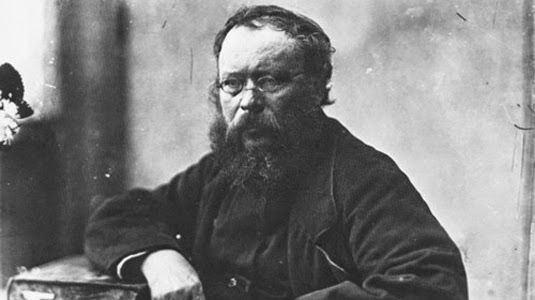
Art transfers knowledge. If we look into Art – literature, painting, sculpture, music – we would learn very interesting things about the evolution of human civilization. It is true! As Herbert Read once said: (7) “My thesis was developed by Plato almost 2500 years ago. I will only try to articulate Plato’s opinion as to the role Art should play in Education, in order to explain its crucial contribution in present conditions. The argument is as follows: Art should be the basis of Education.” Again, we have two men from different centuries, who never knew each other, living in different conditions, having different habits, professions and incentives, yet sharing the opinion that Art is the basis of Education. They both believe that Art without prejudices or constrictions could educate people, in order – as D. Papatheodorou (8) puts it – to create “fulfilled individuals with sensitivity towards aesthetic form and the things which offer a higher quality of life, thus feeding our soul.” One thing is certain: art should never be used by educational institutions in order to commit people. It should be used in order to prepare them for a different way of life – a life of quality, freedom, emotion and passion. In the words of Marcuse: (9) “What is worn out is not words. What is worn out is the way words are shaped into images, phrases, clichés and messages: their ideological use.” Maybe Art’s higher meaning consists in the dream itself, the utopia, the ‘imaging’ of a new world. The same philosopher also states: “Art is always in conflict with reality, whether through radical critique or through art’s denunciation of reality for the establishment of a new, more ‘authentic’ aesthetic form. The interesting thing is that it presupposes the possibility of a non-oppressive civilization foretold by artistic creation. It goes without saying that this is a utopia.”

If we had enough evidence, in order to understand Art’s basic contribution to our lives, we would come to the following conclusions: Art is our companion, our beacon, it expresses the emotions of someone who addresses our own emotions, aiming at a higher form of communication. A communication without limits or restrictions, transcending logic and arguments, an emotional channel, a bonding of souls. Art does not serve any purposes. Art lives loudly, congregating souls into an encoded and magical meeting. It never divides, it only connects. It does not ‘educate’, it only entertains. It does not commit and cannot be committed. It does not support laws and reigns, ideologies and policies. Art travels beyond the tangible. It dreams and it shares. It opens a door into a utopia, into a place ruled by emotion, passion and freedom. Its purpose is not to fill our bookshelves with books, but to lure us into their world. Its purpose is to move our souls, touch us, make us happy or make us sad, make madmen or dreamers out of us, make us fighters. If Art could have one purpose, it could only be Love.
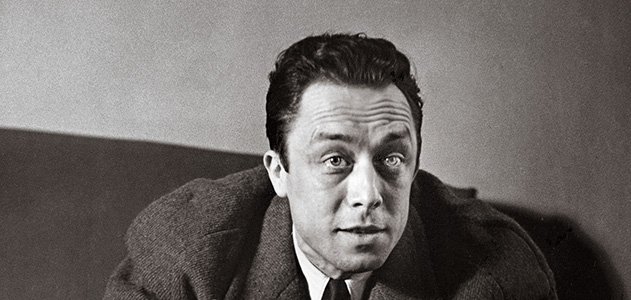
Having the human spirit as their guide, Art and Love help us build our own utopia, our own dream. Or, in Camus’s words: (11) “There is no true work of art that hasn’t contributed to the inner liberation of whomever came to know and appreciate it.”
Maria Myl
1. Émile Édouard Charles Antoine Zola (1840-1902) political journalist, art critic, novelist, essayist, playwright, writer, literary critic, writer, theater critic and journalist
2. Paul Cézanne (1839-1906) Painter. His work represents the transition from Impressionism to the Cubism movement.
3. Émile Zola, “Texts for Art”, Ed. PRINTA, p. 10
4. Pierre Josef Proudhon (1809-1865) French politician, mumoist philosopher and socialist. He was the first to be an anarchist.
5. Émile Zola, “Proudon and Kourbe” (1865)
6. Coming from the composition of “soul” and “I” means “soul treatment”. It is connected with the spiritual and artistic creation, by initiating the person properly brings the harmony of body and soul.
7. Herbert Red (1893-1968) English anarchist, poet and art critic, “Education through art” book (3rd edition, London 1956)
8. D. Papatheodorou, “Art is the foundation of Education”
9. Herbert Marcuse (1898-1979) German Marxist theorist, Jewish origin, philosopher and sociologist, and member of the Frankfurt School
10. Extracts from the text “The Political Role of Art by Herbert Marcuse” by Julis Raptis (Assistant Professor of Philosophy)
11. Albert Camus (1913-1960) French philosopher, writer and writer, founder of Theatre du Travail (1935), for whom he worked as a director, performer and actor.
Image: Frame by Albert Lamorisse’s “Le Ballon Rouge”
- SHARE
